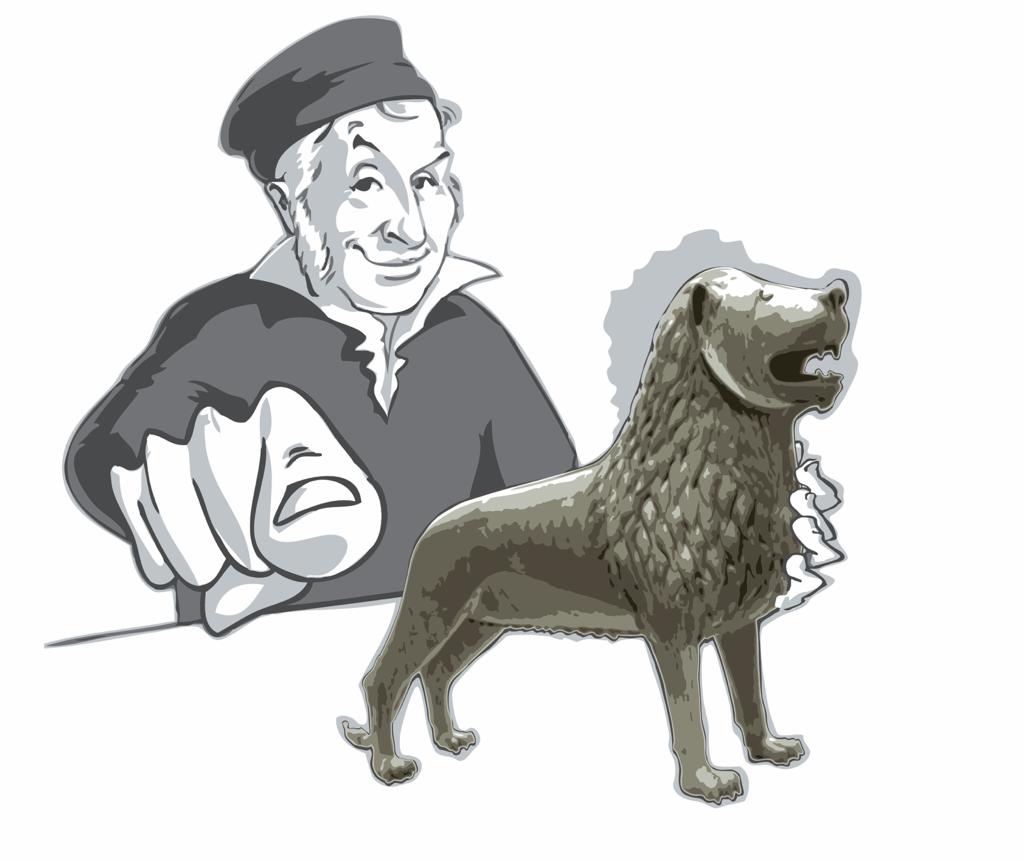Gauss-Telegraph: World trip from home in 30 days – Rio de Janeiro
by Vicente Regattieri

Rio de Janeiro

Copacabana
My impression of Rio de Janeiro
Rio de Janeiro is located on the coast of Brazil and is a city of superlatives, because there is everything you are looking for, an in large quantities. Architecture, history and nature (in the form of beaches and forests) can be found everywhere and are incredibly beautiful. Rio de Janeiro is also known as the “Wonderful City” and its people for its cheerfulness and friendliness. Music also plays a major role in the identity of the city; it is no coincidence that the largest carnival parade in the world takes place there.

Cristo Redentor
Most important sights
The symbol of the city is Cristo Redentor, a 30-meter-high statue of Christ standing on the Corcovado mountain at 710 meters. The statue dates from 1931 and is one of the new seven wonders of the world. Another landmark of Rio is the Pão de Açúcar (Sugar Loaf Mountain), a group of rocks with about 396 meters on a peninsula. You can take a cable car to the summit. The cable cars have glass walls which allow a wonderful view of the city. Beaches are also popular destinations in Rio. The best known are Copacabana (where the traditional fireworks take place on New Year’s Eve), Ipanema (inspiration for the internationally known song “Girl from Ipanema”) and Barra da Tijuca (an environmental protection area and loved for surfing and bodyboarding).

Jardim Botânico (Botanical Garden)
For sports fans, a visit to Maracanã, the largest football stadium in Brazil, is essential. If you are enthusiastic about nature, you can visit, for example, the Parque Lage, a mixture of nature and architecture with a great cultural offer, or the botanical garden with the largest herbarium in Brazil. But in case you want to experience the architecture and gastronomy of the city, the Lapa district is the right destination. There are countless bars, restaurants and discos. The Arcos da Lapa are also a must-see, an aqueduct from 1723 with 42 arches and 270 meters long.

Museu do Amanhã (Museum of Tomorrow)
Best museums in the city
The MAM (Museum of Modern Art) exists since 1948 and has currently a collection of 6600 works of modern and contemporary art. The Palácio do Catete is a museum of the history of the Republic in Brazil, which started in 1889. There you can see photos, documents, objects, furniture, rooms and works of art. The Museu do Amanhã (Museum of Tomorrow) has exhibitions on art, culture and science. Issues that are often dealt with are climate change and social problems. Other recommendable museums are the MAST (Museum of Astronomy), the Aviation Museum of the Brazilian Air Force and the Real Gabinete Português de Leitura, a library in a historical building with the largest collection of Portuguese works outside Portugal.
Favorite regional dish
In Rio de Janeiro you can find food from all over the country, but a dish originating in the city is the “Filé Oswaldo Aranha”. Named after a well-known diplomat who supposedly always ordered this dish at the “Cosmopolita” restaurant, this dish was added to most of the city’s restaurants. It consists of filet mignon with fried garlic pieces, potato chips, rice and farofa (made from manioc flour and eggs).
Note: Due to the spread of the coronavirus, we don’t recommend to travel until the all restrictions have been lifted.



You must be logged in to post a comment.